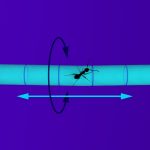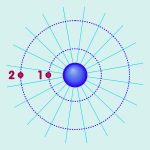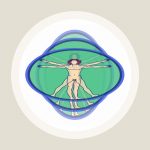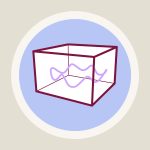The embedded universe
Is our three-dimensional world embedded in a higher-dimensional space?
An article by Stefan Theisen
Could our world possess extra spatial dimensions – and if yes, why do we only see three of them in everyday life? This question is not as far-fetched as it might sound – there are some candidates for a theory of quantum gravity, notably string theory, in which the world naturally has nine or even ten space dimensions.
As to why we do not see the extra dimensions in everyday life, there are different possible answers. One is that the additional dimensions can be “rolled up” – more information about this can be found in the spotlight topic Extra dimensions – and how to hide them. On the other hand, matters could be rather different. This is what the so-called brane-world models of string theory are about – models of an embedded universe.
An embedded world
The basic idea of the brane-world models is the following: that the four-dimensional world we know (three space dimensions plus time) is embedded into ten-dimensional spacetime as a so-called brane. This brane would be three-dimensional space as we know it, and it would be merely a small part of a nine-dimensional space – similar to what is shown in the following image, where a two-dimensional piece of paper (green) is embedded in three-dimensional space:
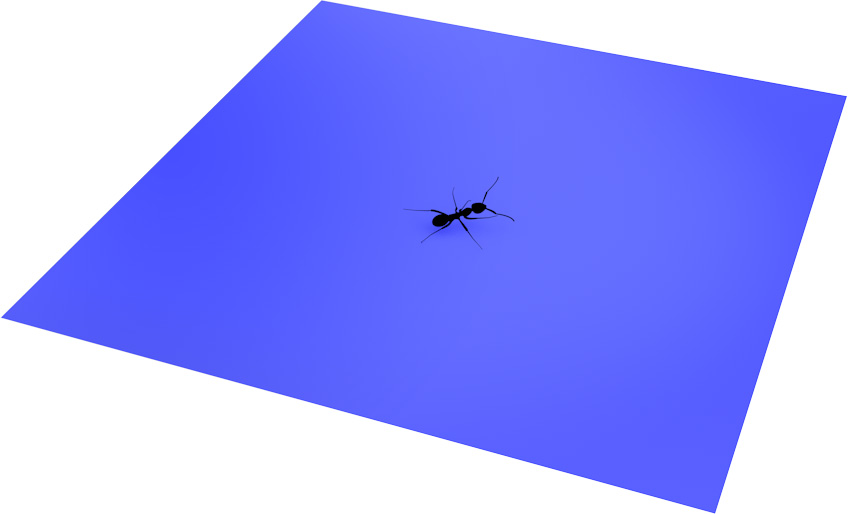
In the situation pictured above, the ant’s world is effectively two-dimensional – the ant can run around on the piece of paper, but it won’t even notice that there is a third spatial dimension. Similarly on a brane world: almost all elementary particles, in particular the photons that are the carrier particles of the electric repulsion or attraction between charged particles, would be confined to the brane. They could not leave the brane, and thus would be totally oblivious to the existence of additional dimensions. That would be why we humans, as well, could neither see the extra dimensions nor move in the corresponding extra directions.
Gravity is special
However, there is one exception. Gravitons, the carrier particles of the gravitational interaction, cannot be confined to a brane. They could move in all nine spatial dimensions. That is of interest as it opens up possibilities for detecting the extra dimensions experimentally. The way the gravitational force decreases with distance is directly depending on the number of space dimensions (for the analogous example of the electric force, this argument can be found in the spotlight topic Hunting for extra dimensions).
So far, the distance-dependence so characteristic for Newton’s law of gravity, where the force decreases with the square of the distance (double the distance, and the force is but a quarter as strong) has only been tested experimentally down to distances of more than a tenth of a millimetre. Such experiments are quite difficult to pull off successfully – the gravitational force is very weak, and at such small distances, residual forces between the electron shells of the molecules in question (so-called van der Waals-forces) are much stronger than gravity (corrections due to the fact that Newtonian gravity is only an approximation to general relativity can, on the other hand, be neglected in situations like this).
More precise measurements could lead to surprising results – namely to the realization that space as we know it is just a small facet of a much larger, higher-dimensional world.
Further Information
The relativistic background of this spotlight topic is explained in Elementary Einstein, especially on the page Superstrings and universal harmony in the chapter Relativity and the quantum.
For more information about extra dimensions, check out the spotlight topics Extra dimensions – and how to hide them, Hunting for extra dimensions and Simplicity in higher dimensions. Related spotlight topics can be found in the section Relativity and the quantum.
Colophon
is a research group leader at Albert Einstein Institute with a research focus on string theory.
Citation
Cite this article as:
Stefan Theisen, “The embedded universe” in: Einstein Online Band 04 (2010), 01-1026



